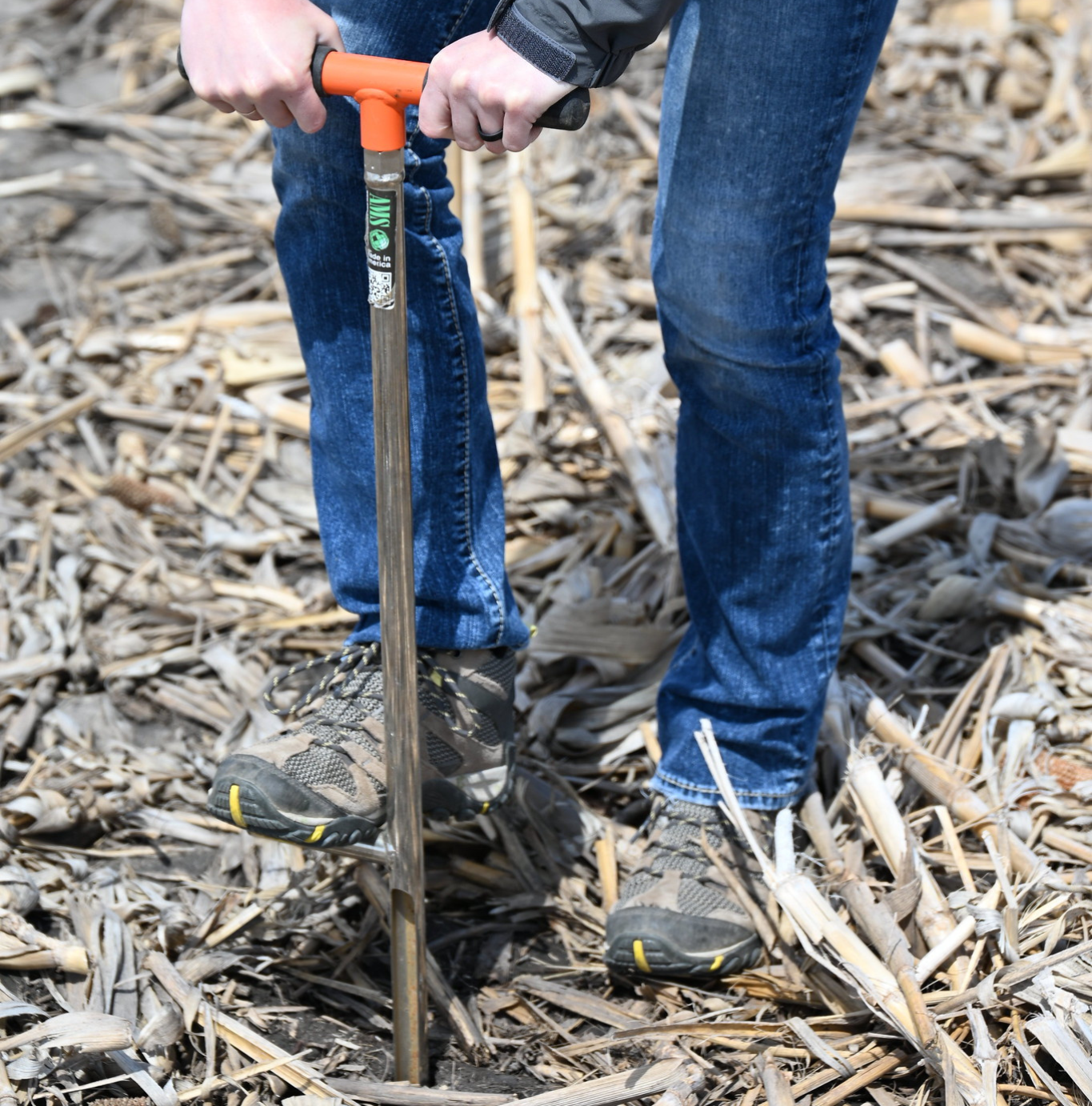Soil tests key to managing elusive soybean cyst nematode
Soybean cyst nematode (SCN) is the No. 1 production-damaging pest of soybeans in the Midwest. Known as the “silent yield robber,” it reduces yields without leaving obvious aboveground symptoms. Many farmers know SCN exists, but few realize how much it might be cutting into their bottom line.
The challenge is that SCN lives below ground. Yield loss often occurs with no yellowing, stunting or other visual symptoms you’d normally associate with a problem. Unlike foliar diseases or weeds, you can’t just walk your fields and spot SCN. The only reliable way to detect it is with a soil test.
For decades, resistant soybean varieties have been one of the best tools for managing SCN. But almost all those varieties are based on a single source of resistance, known as PI 88788. For many years, this source worked well. Over time, though, repeated use has allowed SCN populations to adapt.
Today, in much of Illinois and across the Midwest, PI 88788 no longer provides the highest level of protection. Although it’s still better than planting a fully susceptible variety, SCN numbers are creeping up even in resistant fields. That means relying on resistance alone is no longer enough to keep SCN in check.
Because SCN is hard to diagnose visually and resistance is slipping, regular soil testing has become essential. To make testing easier, my lab has partnered with the Illinois Soybean Association to offer free SCN testing for Illinois farmers.
Farmers can email freeSCNtesting@illinois.edu or visit https://publish.illinois.edu/freescntesting/ for step-by-step instructions on how to collect soil samples and where to send them. Once submitted, our lab processes each sample for SCN egg counts and returns results along with management recommendations tailored to that field.
This program is now in its third year and has been very successful. So far, we have processed 2,808 samples from 75 of Illinois’ 102 counties. The average egg count has been about 1,100 eggs per 100 cm³ of soil. However, the numbers vary widely—from zero to as high as 48,000 eggs.
So what’s a “bad” number? Unfortunately, there’s no single agreed-upon threshold for SCN across all fields. That’s why the SCN Coalition, supported by the United Soybean Board, developed the SCN Profit Checker Tool (https://www.thescncoalition.com/profitchecker/). By entering your SCN egg count and yield data, you can get an estimate of the yield loss you might expect.
For example, the average egg count in Illinois—about 1,100 eggs per 100 cm³ of soil—corresponds to a 3% to 4% yield loss. At higher egg counts, the losses grow much more severe.
When I talk with farmers who are skeptical about the need for SCN testing, I often compare it to checking cholesterol. My doctor can’t look at me and know whether my cholesterol is high. I need a blood test to find out. If my number is low, that’s great—I can keep doing what I’m doing. If it is high, then it’s time to look at options to bring it back down.
SCN is no different. You can’t tell if you have a problem without testing. If the numbers are low, you gain peace of mind for now and can wait a few years before testing again. If they’re high, you can take steps to protect yield—such as rotating to non-host crops, choosing soybean varieties with a different source of resistance if available and considering seed treatments.
The key is knowing your numbers. Soil testing is simple, free through our program and gives you the information you need to make smart management decisions. Don’t wait until SCN silently robs more of your yield—get your fields tested!
Recent Articles
See how ISA is driving innovation in soybean production by investing in farmer-led research and equipping growers with tools for the future.
By
What's in store for farmers in 2026? Illinois Field & Bean sits down with some of Illinois Soybean Association’s Corporate Partners to find out what they’re anticipating in the new year.
By Ashley Rice-Haddon, Illinois Field & Bean Magazine, Lead Writer

